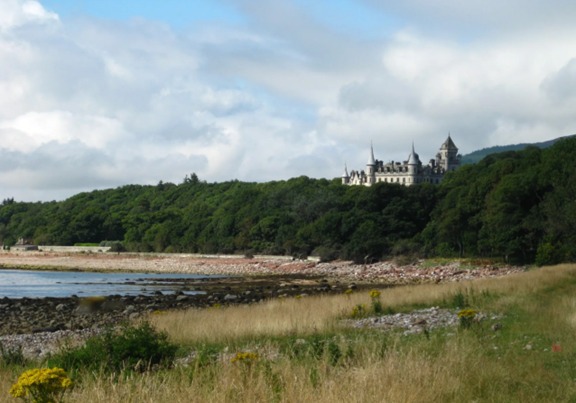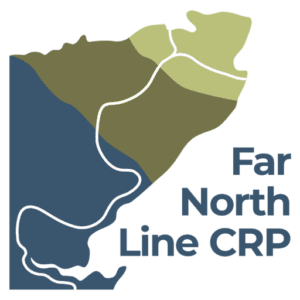
Travelling by train through the Highlands is more than just a way to get from A to B; it’s a chance to slow down, take in the views, and explore Scotland’s wild beauty, one step at a time.
The Far North Line is the UK’s northernmost railway, linking small communities and giving travellers a front-row seat to rugged coastlines and remote countryside. Best of all, many walks start just a short stroll from the stations.
Photo by Scotland Off the Beaten Track
Dunrobin Castle to Golspie: A Seaside Stroll
Start at Dunrobin Castle Station, where one of Scotland’s most picturesque castles rises above the trees. Then head south along a quiet, two-and-a-half-mile trail that runs through woods and hugs the shoreline all the way to Golspie.
With birds overhead and maybe even seals on the rocks, this easy walk is packed with natural beauty. Once in Golspie, stop for a coffee or lunch before catching the train again.

Photo by Shona Hore
Brora is a peaceful village with a lovely circular walk. Begin at the beach, continue north along the sand, then turn inland along the river and head back through meadows and tracks.
It’s a scenic three-mile loop that shows off the Highlands’ softer side, perfect for a quiet morning or afternoon out.
Helmsdale’s Riverside Trail

Photo by Richard Webb
For history lovers, Helmsdale is a gem. Once the centre of a gold rush, it still holds echoes of the past.
Walk from the station along the riverbank past old fishing spots and a 19th-century bridge. It’s a short walk, but full of charm and character, and you might even spot salmon in the river.
Why Go Car-Free?
These routes are short, scenic, and accessible; no car is required. They’re ideal for anyone travelling light and looking for a quieter kind of adventure. By choosing the train, you’ll leave a smaller footprint and gain a deeper connection with the land.
Find route tips and more inspiration at fnlcrp.co.uk.
The Far North Line Community Rail Partnership (FNLCRP) works with local communities to promote local rail service and other integrated transport modes, improve mobility, encourage sustainable tourism, develop community cohesion and well-being, and advance social and economic development.
